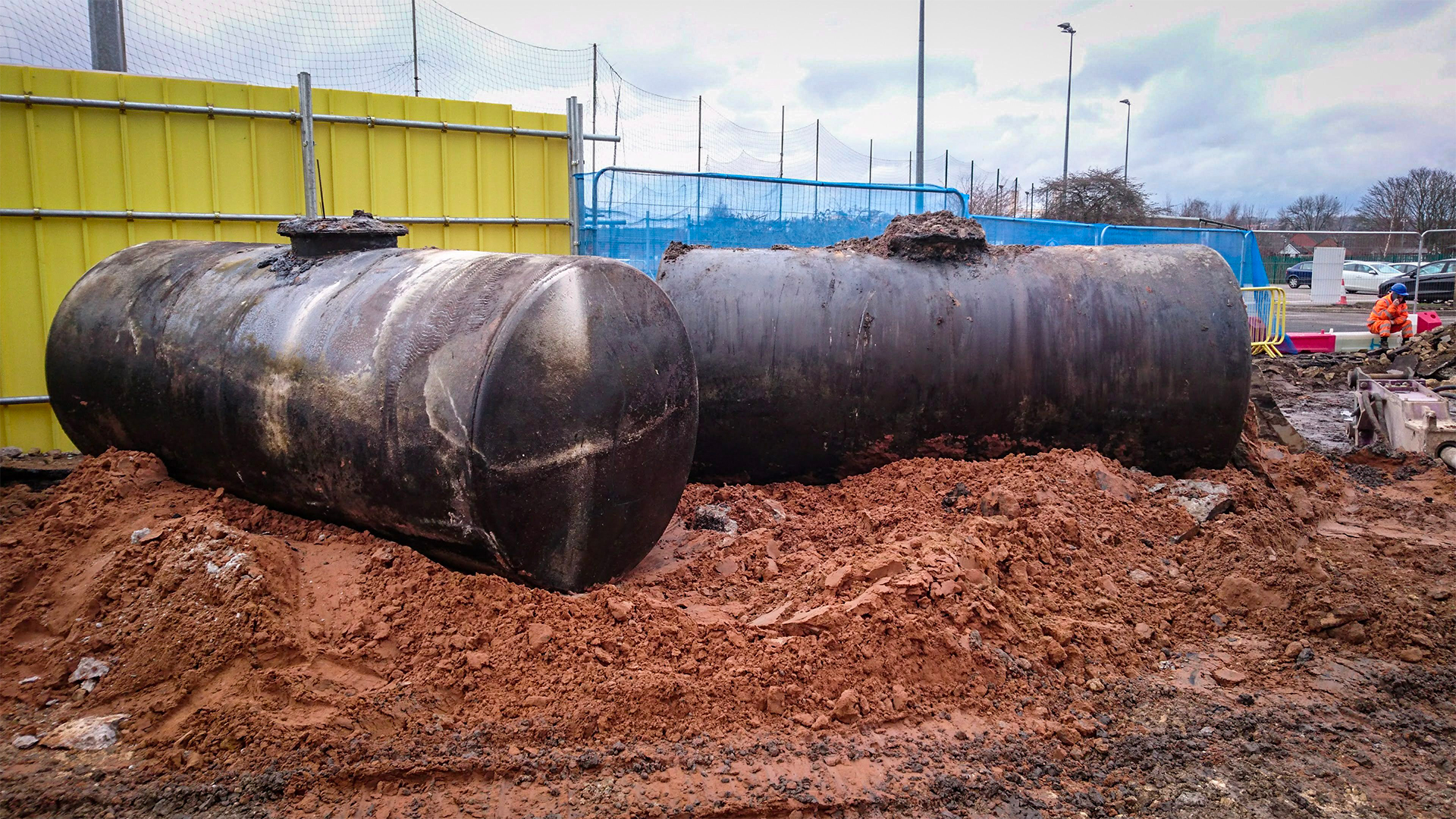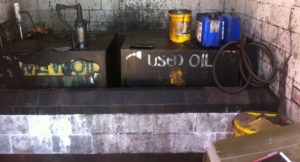
As part of the production of the Phase 1 desk study report a geoenvironmental engineer will usually visit the site to see if there are any visual signs of contamination, to take photographs of the site and look for the presence of invasive weeds.
It’s good practice to undertake a walkover, but not always necessary.
The geoenvironmental engineer will look for past and current sources of contamination and many other indicators. In addition, they will collect information that may be useful should the site be investigated further in the future, such as site security and access.
Some of the data commonly collected may include:
- Current potentially contaminative processes
- Presence of above and/or below-ground fuel tanks
- Ground staining indicating past leaks
- Drainage routes and condition
- Presence of invasive weeds
- Site access
- Presence of asbestos containing materials
- Storage of chemicals on site (including the condition of any bunding)
- IBCs
- Drums
- Neighbouring land uses
- Scars on ground indicating buried pipes or drainage.
- Evidence of fly-tipping or burning wastes
- Site security
- Evidence of flooding
- Overhead power or communication lines
It may be worthwhile engaging with site personnel, particularly ones with long relationships with the site. They may have knowledge of past working practices, accidents, spillages that are otherwise undocumented.
2021
Phase 1 Desk Studies / Preliminary Risk Assessments
Do you want an insight on Phase 1 Desk Studies / Preliminary Risk Assessments for Contaminated Land? This eBook has been written specifically for those new to contaminated land and provides an overview for the uninitiated of what steps you need to follow.


